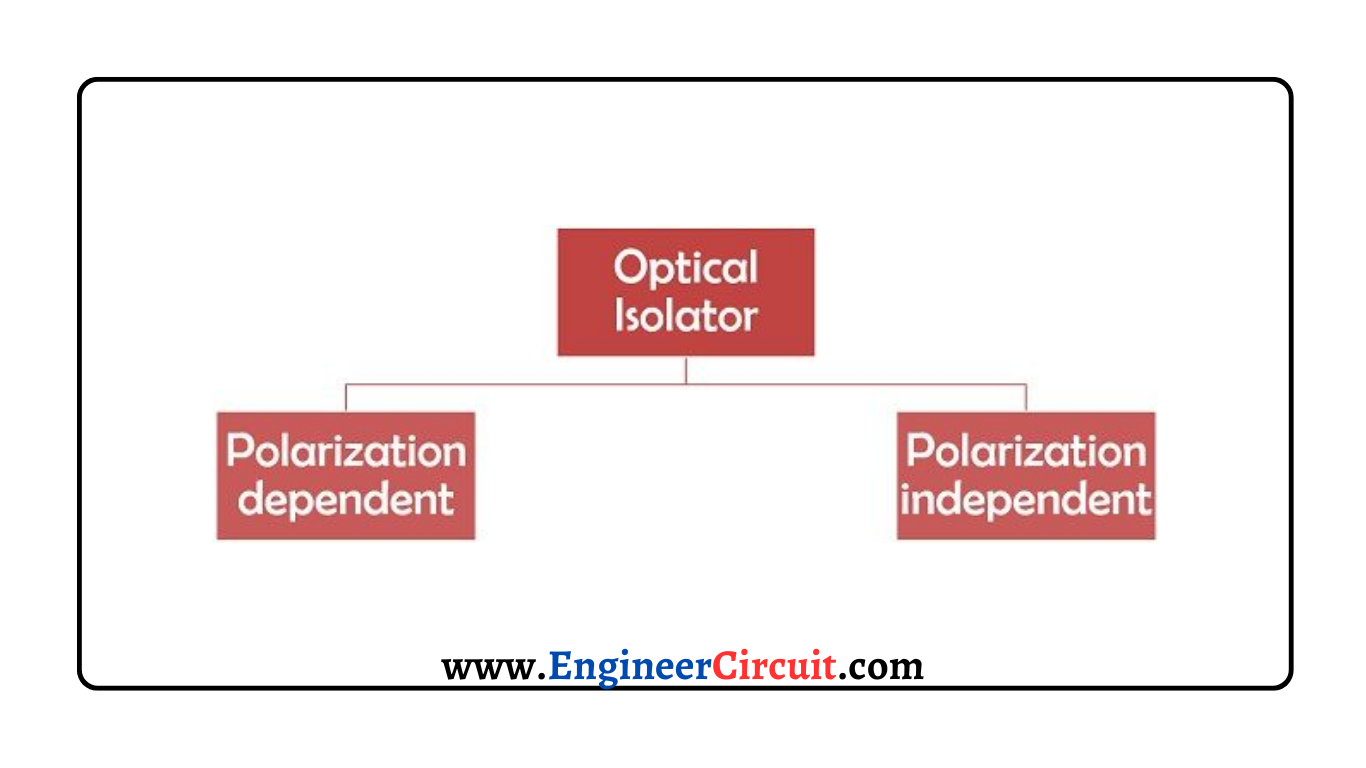Working Principle of Optical Isolators
An optical isolator is a device that allows the propagation of light signals in one direction only while completely blocking the other direction. The working principle of this device is based on the Faraday effect.
Components of Optical Isolator
An optical isolator consists of three main components: input and output polarizers (or birefringent plates) and a Faraday rotator. The functionality of the isolator relies on these components. Now, let’s delve into the major types of optical isolators.
Types of Optical Isolator
Optical isolators are primarily classified based on their polarization characteristics:

- Polarization-dependent isolator: This type of isolator includes input and output polarizers along with a Faraday rotator. It is commonly used in free-space optical systems where the system maintains the polarization of the light source.
- Polarization-independent isolator: A polarization-independent isolator comprises input and output birefringent wedges in conjunction with a Faraday rotator. It consists of two collimators, where the transmitted beam splits, merges, and focuses on the other collimator. However, in the reverse direction, the beam diverges and does not focus on the opposite collimator.
Working principle of Optical Isolator
An optical isolator is used to direct transmitted radiation in a single direction while preventing the occurrence of backward reflection. Here’s how it works:
The isolator design includes three components, as shown in the figure:
- The light passes through the input polarizer, which vertically polarizes the light ray.
- The vertically polarized light then enters the Faraday rotator, which rotates the polarization by 45° in a non-reciprocal manner.
- The light, after rotation, exits through the output polarizer, which absorbs or reflects the light based on the polarizer type.

To prevent reflection, any absorbed light at the output polarizer is directed back to the Faraday rotator. The rotator further rotates the light by 45° in a non-reciprocal (clockwise) direction. As a result, the horizontally polarized light is rejected by the vertical input polarizer, ensuring no reflection occurs.
Applications of Optical Isolator
Optical isolators find applications in various fields, including:
- Optical communication systems: They are widely used in optical fiber communication systems to minimize signal losses caused by reflection.
- Optical amplification units: When combined with amplifiers, isolators enhance signal amplification.
- Laser diodes: Optical isolators are utilized to achieve highly coherent radiation when paired with laser light sources.
In summary, optical isolators play a crucial role in optical communication systems.